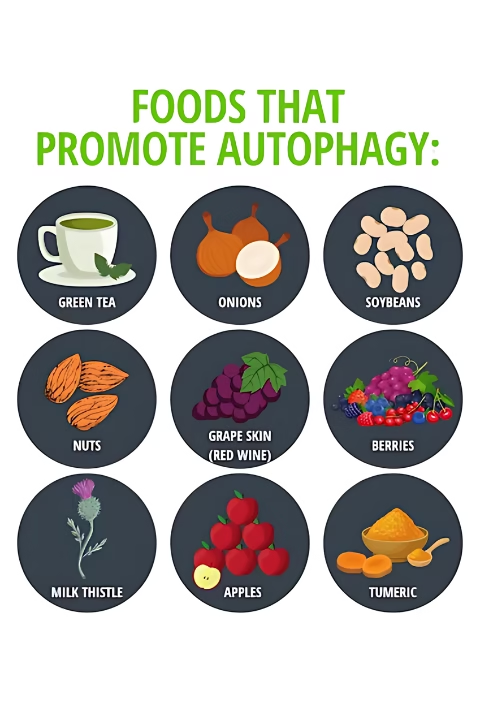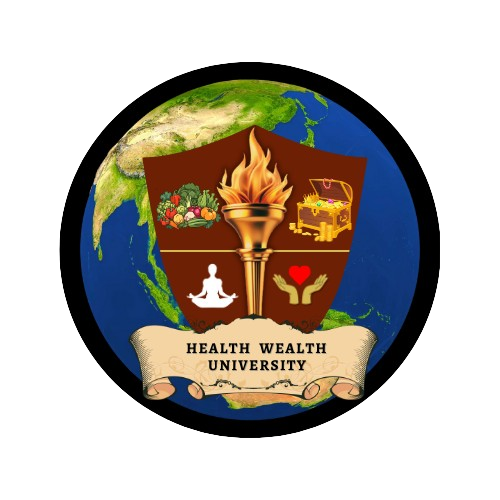Our programs are thoughtfully designed to detoxify both your body and mind, fostering overall wellness. With expert guidance, nourishing supplements, rejuvenating therapies, and a variety of physical, emotional, and mindfulness activities, you’ll experience a complete revitalization of your holistic well-being.
To enhance autophagy while fasting, prioritize polyphenol- and antioxidant-rich foods such as green tea, turmeric, ginger, garlic, and dark chocolate, while limiting sugary drinks, processed foods, and excess protein.

This involves cycling between periods of eating and fasting, often with a specific time window for eating each day.
This involves abstaining from food for longer periods, potentially 24 hours or more, to induce a more robust autophagic response.
This involves alternating between days of eating normally and days of severely restricting calorie intake.
This involves abstaining from both food and water, which is a more extreme form of fasting and should be approached with caution and under medical supervision.

Meditation is a practice in which an individual uses a technique to train attention and awareness and detach from reflexive, “discursive thinking”, achieving a mentally clear and emotionally calm and stable state, while not judging the meditation process itself.
Meditation is practiced in numerous religious traditions, though it is also practised independently from any religious or spiritual influences for its health benefits. The earliest records of meditation (dhyana) are found in the Upanishads, and meditation plays a salient role in the contemplative repertoire of Jainism, Buddhism and Hinduism. Meditation-like techniques are also known in Judaism, Christianity and Islam, in the context of remembrance of and prayer and devotion to God.

The Transcendental Meditation technique recommends practice of 20 minutes twice per day. Some techniques suggest less time, especially when starting meditation, and Richard Davidson has quoted research saying benefits can be achieved with a practice of only 8 minutes per day. Research shows improvement in meditation time with simple oral and video training. Some meditators practice for much longer, particularly when on a course or retreat. Some meditators find practice best in the hours before dawn.

Asanas or body postures such as padmasana (full-lotus, half-lotus), cross-legged sitting, seiza, and kneeling positions are popular meditative postures in Hinduism, Buddhism and Jainism, although other postures such as sitting, supine (lying), and standing are also used. Meditation is also sometimes done while walking, known as kinhin, while doing a simple task mindfully, known as samu, or while lying down, known as shavasana.
Powered by Stripe
